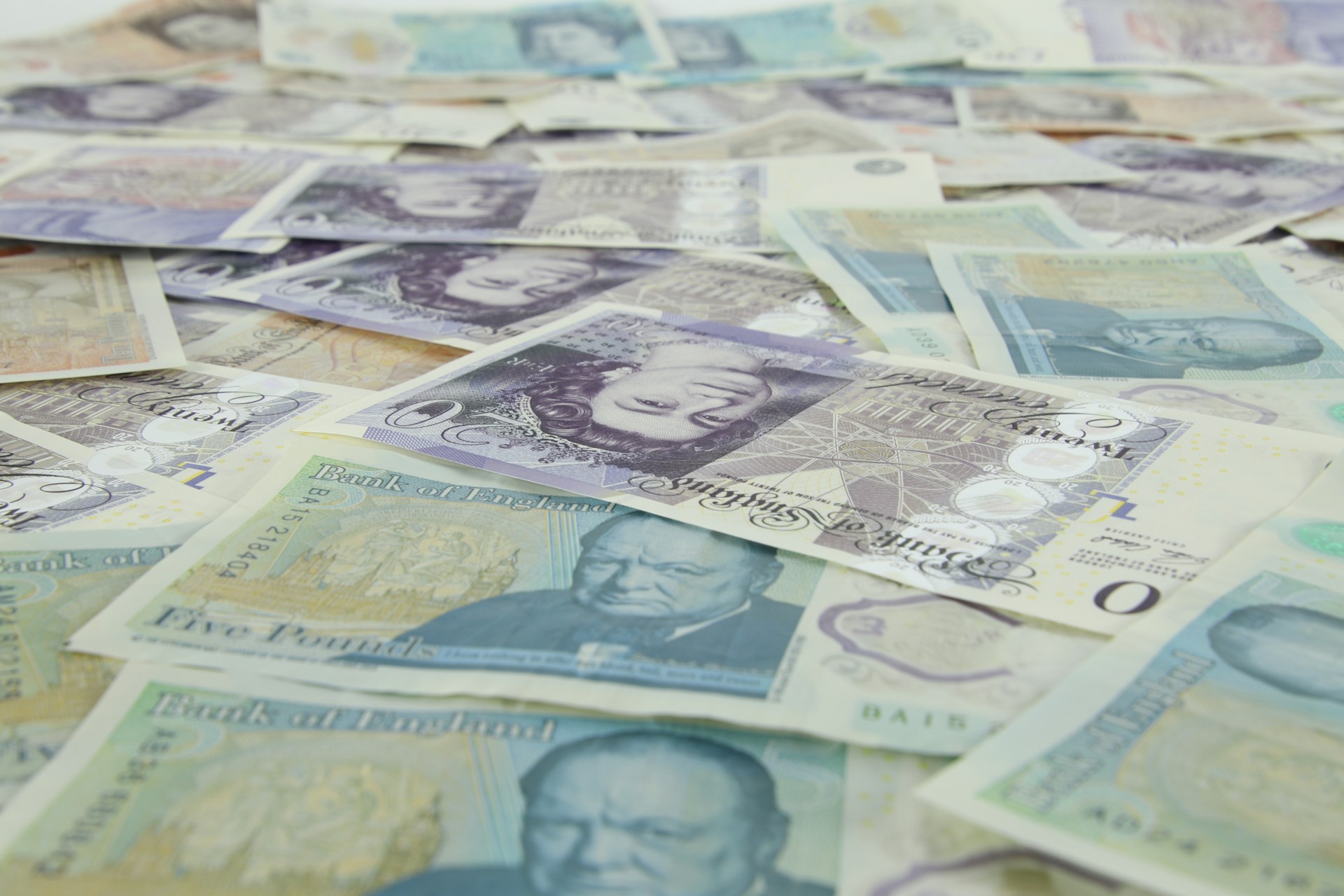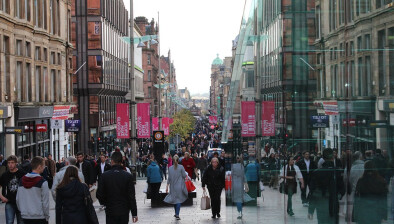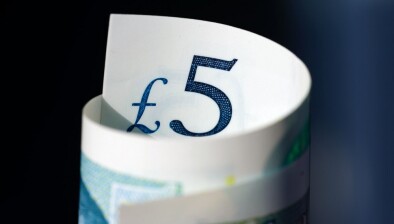UK GDP slows to 0.3% in Q2

The UK economy grew by 0.3% in the second quarter of the year, a slowdown from the 0.7% growth recorded in the first three months.
The official figures, confirmed by the Office for National Statistics (ONS), come as firms reportedly front-loaded spending earlier in the year to pre-empt potential global trade tariff disputes.
A 1% surge in construction and a 0.4% rise in the dominant services sector prevented the economy from contracting. However, these gains were offset by a 0.8% fall in production.
Business investment – a key indicator of corporate confidence – fell by 1.1% between April and June. There was a marginal silver lining for households, as real disposable income edged up by 0.2% following a sharp fall in the previous quarter.
The economic data coincided with the Labour Party conference, where Chancellor Rachel Reeves warned of “harder choices” ahead. Citing expected growth downgrades and higher borrowing costs, Ms Reeves acknowledged a potential £30 billion shortfall in public finances. In a speech to business leaders, she reiterated her commitment to fiscal discipline, or “securonomics”, despite calls for increased spending.
With senior Downing Street officials admitting public finances are in a “difficult” state, tax rises now appear almost certain. Ministers have refused to rule out an increase in VAT, though reports suggest Ms Reeves may also consider an energy price exemption to help stimulate growth.
Matt Swannell, chief economic advisor to the EY ITEM Club, said: “GDP growth was confirmed to have slowed to 0.3% in Q2, down from 0.7% at the start of the year. Some of the strength at the start of the year was the result of ongoing issues with residual seasonality, but below the surface, the data paints a weaker picture, with Q2 growth heavily reliant on government spending.
“Consumption was little more than flat on the quarter, while business investment fell 1.1% as some temporary strength from Q1 unwound. Today’s release incorporated additional survey and administrative data, and methodological improvements that caused revisions as far back as 1997. The new data leaves the level of GDP a little higher, but it doesn’t change the broader picture that the UK economy has been very sluggish since the pandemic.”
Mr Swannell continued: “Consumers continue to save more of their income than is normally the case, with the saving ratio rising to 10.7% in Q2, up from 10.5% in Q1. With scope for households to put away slightly less of their pay at the end of each month, signs of improved consumer confidence are expected to cushion household spending, even as rising inflation and slowing pay growth reduce real income growth.
“Nonetheless, the UK looks set for sluggish growth over the coming quarters. Alongside squeezed real income, further tax rises at the Autumn Budget look almost inevitable and will add to the fiscal tightening that the Government had already pencilled in at previous fiscal events. A large minority of households will still see the interest rate on their mortgage rise as they re-finance expiring fixed rate deals, even though we expect the Monetary Policy Committee (MPC) to resume cutting Bank Rate next year.”







